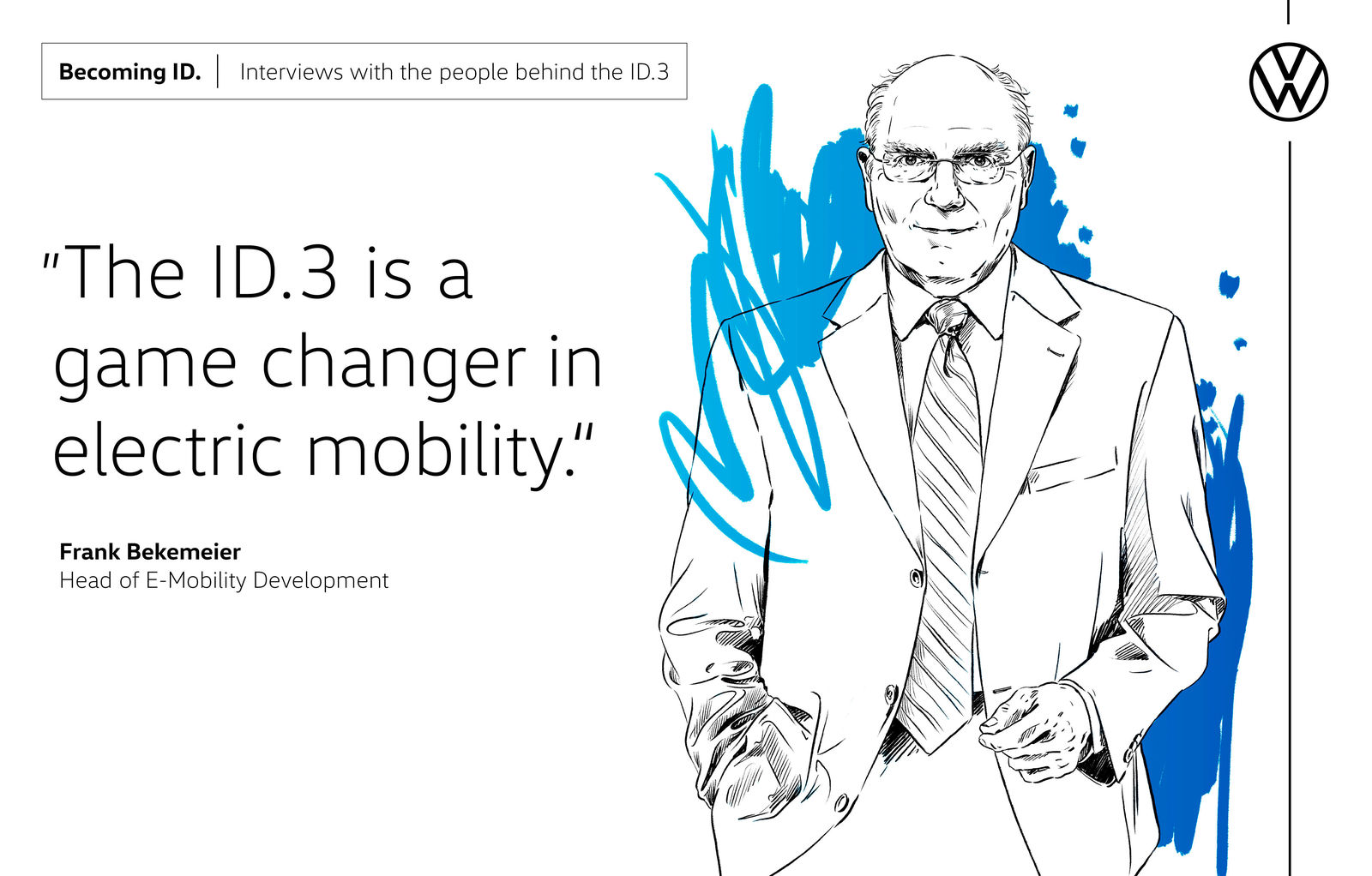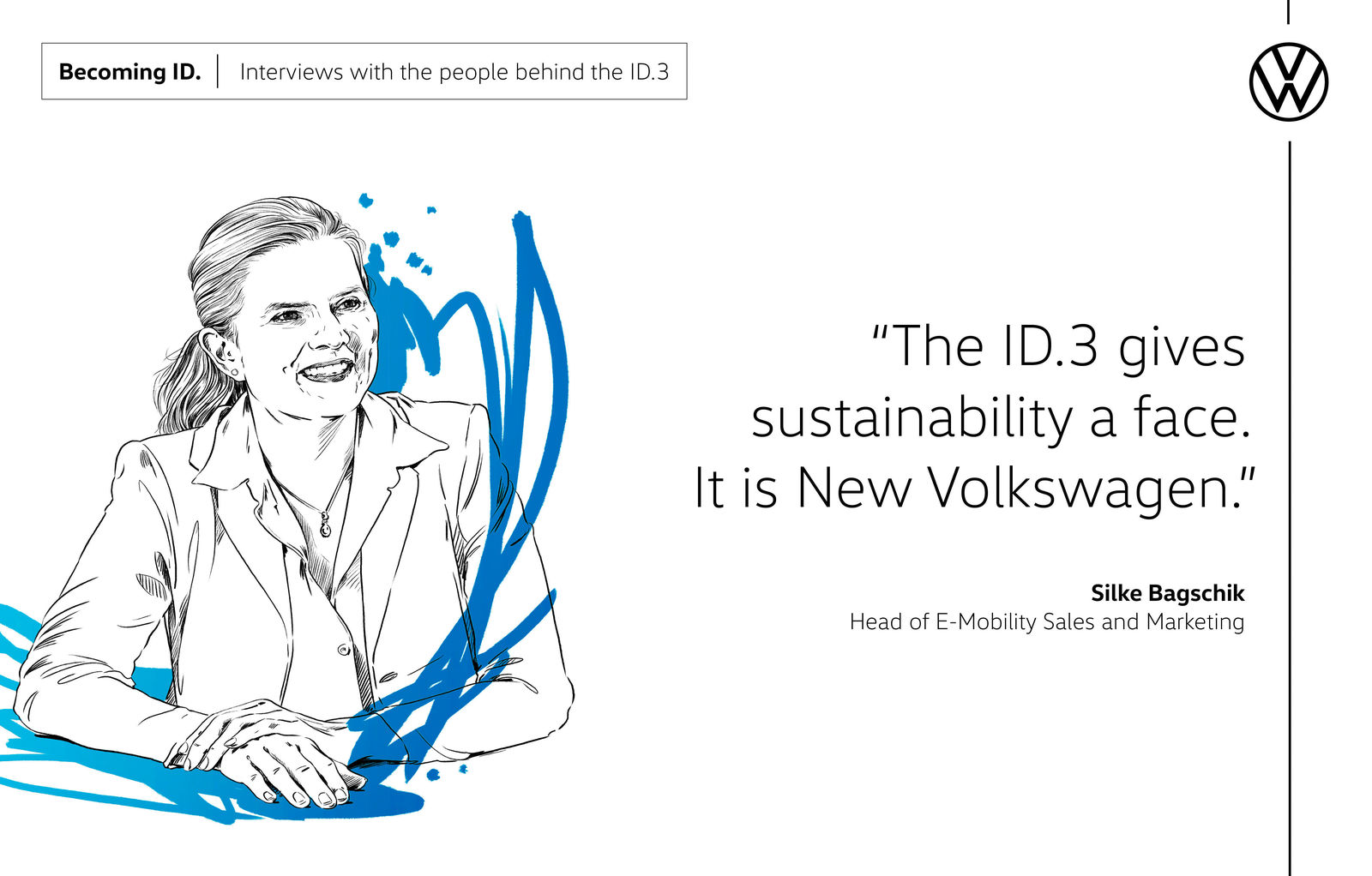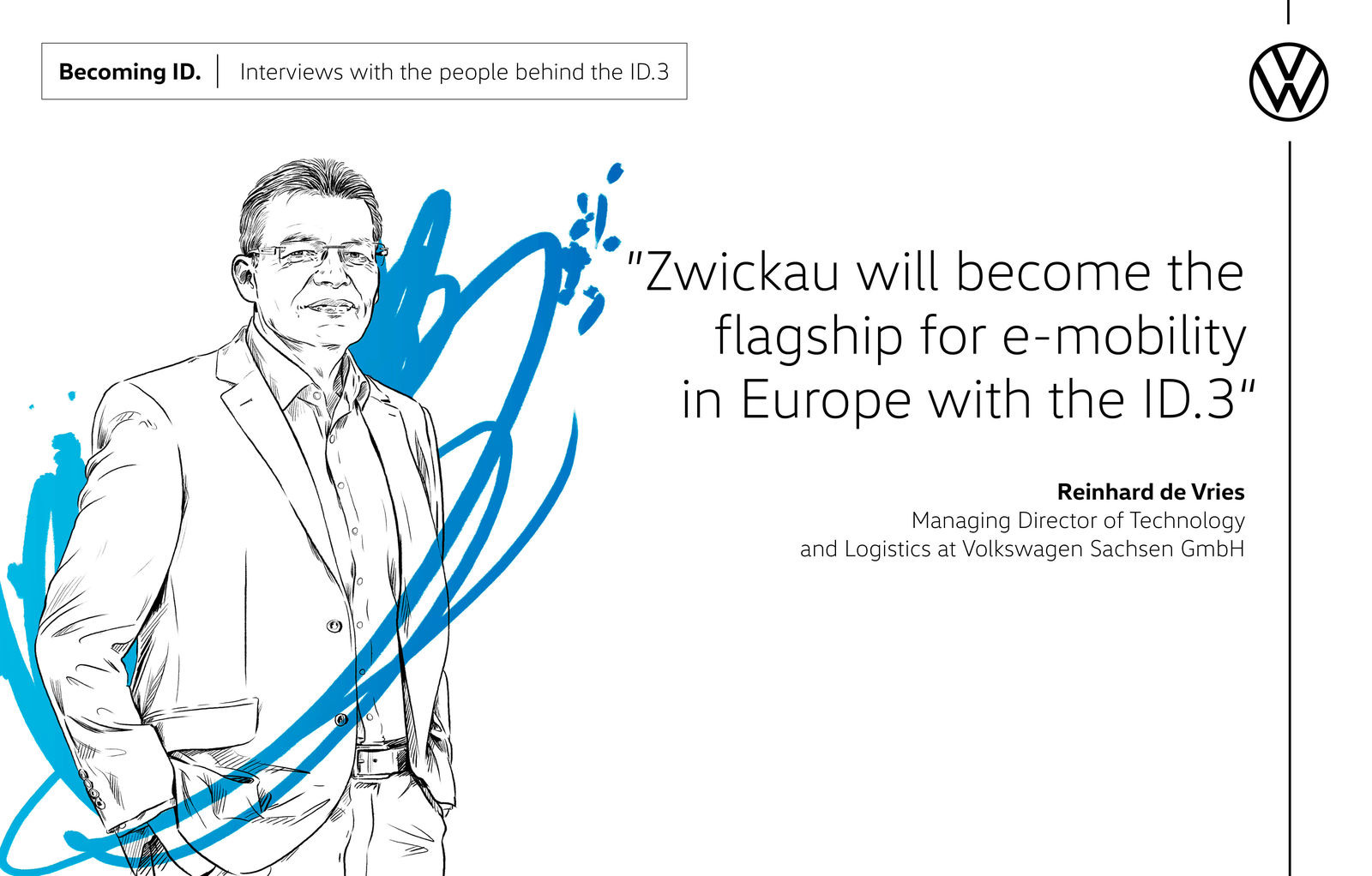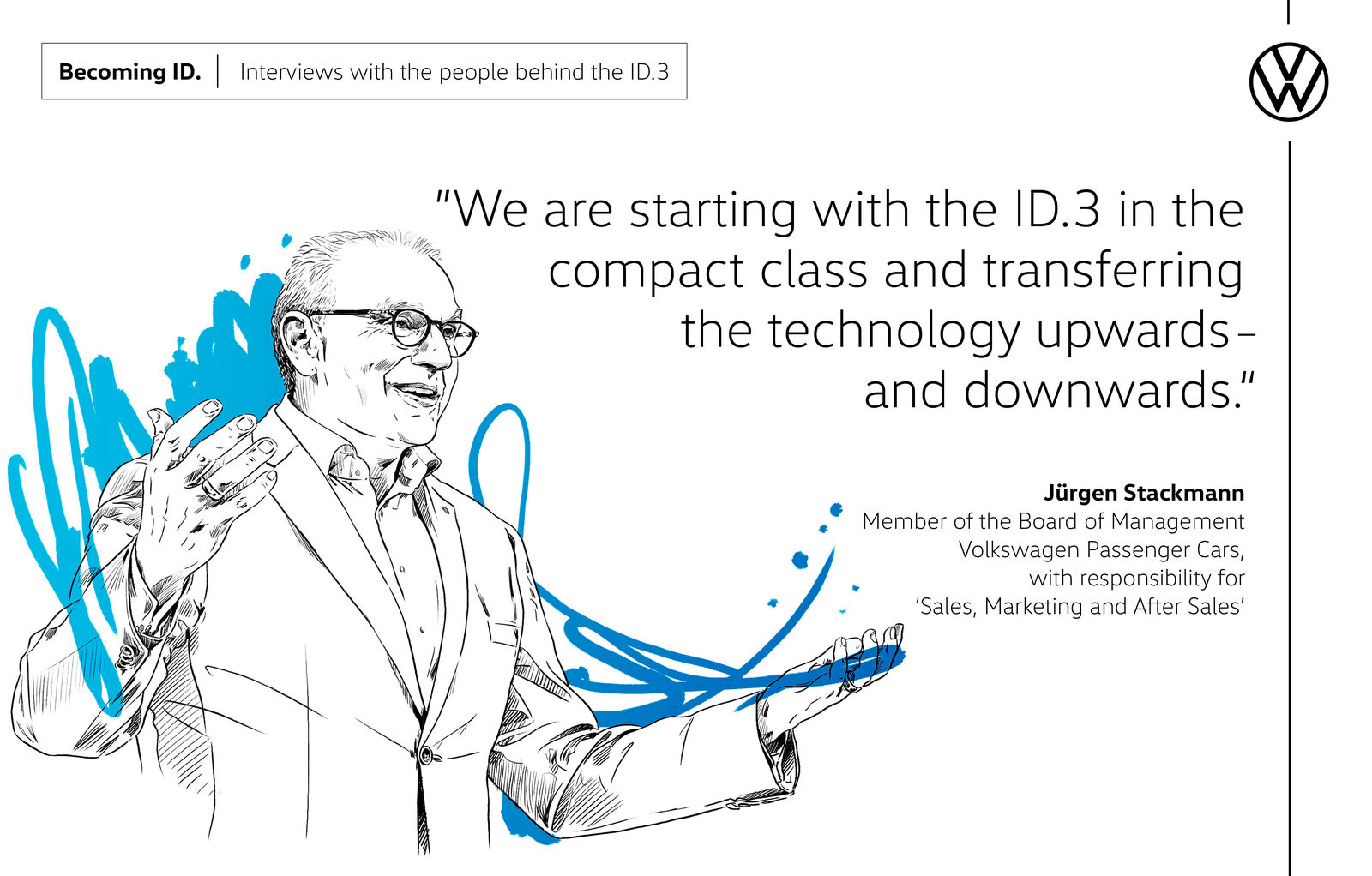What moved you most in the course of the development work for the ID. family?
We have created a completely new modular vehicle system within a very short space of time in order to enable Volkswagen’s future electric family and the group brands to meet global demands. At the same time, we have to take a forward-looking approach to our work to ensure that the results of our current developments are still superior to the competition in 2022 and beyond in a very swiftly changing and fiercely competitive market! A masterly performance from a purely engineering perspective is not enough – it is only possible with excellent teamwork. The entire team at Volkswagen has overcome so many hurdles in the course of this project – only we can achieve something like this!
At what point did you notice that electric mobility was on the verge of the breakthrough that would make it accessible to everybody?
When we took the early prototypes into the centre of Cape Town with its endless traffic jams and ‘stressed’ the ID.3. It then felt really good. The battery system was always in the green range, despite the high outside temperatures, the drive system worked perfectly and the steering and brakes were really solid. And despite the extreme outside temperatures, we still had a range of more 200 kilometres with half a battery.
I will never forget how Dr Welsch got into the car again after the test drive and said: ‘I’m going to take it for another spin!’ Forty five minutes went by and he still hadn’t returned! He also wasn’t answering his mobile phone. We were going to send out a team car before he eventually turned up after an hour, got out of the car with a smile on his face and said: ‘Sorry, I didn’t realise I had been gone so long. I was having such fun!’
In detail, which technology do you find most fascinating on the new ID.3?
The digital cockpit is a real eye-catcher. It takes the interaction between driver and vehicle to a completely new level. The operation is largely self-explanatory and intuitive using touchscreens and natural voice command. Take the ID. Light, for instance, which creates a direct line of communication between the assistance features and the driver, or the head-up display, which projects information such as speed, driver assistance information and navigation/indication instructions directly onto the screen. In this regard, the ID.3 sets new standards.
What was the biggest challenge you faced over the course of the project?
It goes without saying that the price has to be affordable for our customers so that we can really live up to our aspiration of creating ‘Electric for All’. To this end, we had to cooperate more closely than ever before with Audi, Škoda and Seat, enabling us to generate considerable synergies between the brands, even though the vehicle characters are so different. Innovations such as the AR head-up display, our digital cockpit and our interior concept would never have been possible if we hadn’t pooled our volume. I would like to thank all of my colleagues at the other brands for this.
What will you take personally from the project?
The ‘ID. spirit’ was present throughout the entire team. A team performance of this nature would hardly have been possible without it. Being able to work in such a team is a real privilege.
You mentioned ‘e-characters’. What is your current favourite from the ID. family?
For me, it is the ID. SPACE VIZZION, the seventh member of the ID. family. Just like the ID. CROZZ, it shows that we can also produce electric all-wheel drive vehicles – with an additional e-motor on the front axle. This gives us 250 kilowatts of system power and a range of up to 590 kilometres thanks to the excellent drag coefficient value. I also like the new white metallic ‘Saintly Blue Pearl Effect’ colour – which shimmers bluish violet depending on the light.



